WORD PROCESSOR: HIGHLIGHTS FROM THE COLLECTION
May 23, 2013
On Considering Chris Markert as Part of the Self-help Genre
Bruna Mori
Originally presented on April 18th, 2013, at Machine Project in Los Angeles as part of the inauguration of the Highland Park Branch.
It is recommended that you remove your corrective lenses before reading this essay.
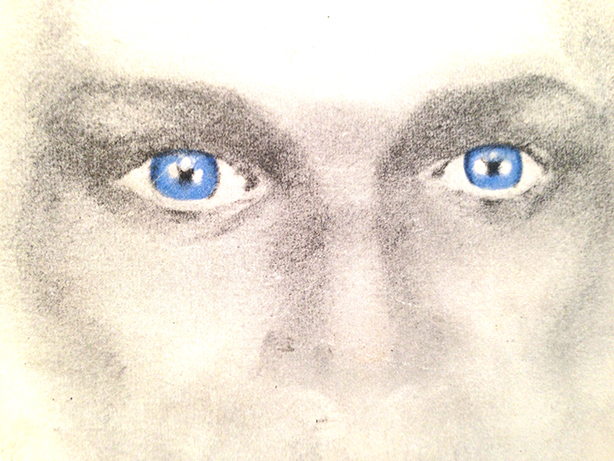
Christopher Markert, author of Seeing Well Again Without Your Glasses, published in the early 1980s, reclines on a beach, his physique etched across the sand and sun and sky. I wonder if he looks back at us through the lens with his 20/20 vision pondering at what perspective he is being shot. His chest hair is magnified unintentionally and the landscape is blurred behind him. Sometimes the background and foreground are clear, and Markert himself is blurred.
Over the years Markert has written many books on holistic and natural health:
- Test Your Emotions
- This Person is You
- Let Yourself Grow
- Dan Tien, Your Secret Energy Center
- I Ching: The No. 1 Success Formula
- Ying Yang
- Relax, Feel Good in Seconds
- I'm Happy, You're Happy –
- This is the Way to Save Your Teeth
His Seeing Well Again Without Your Glasses not only weds perfect vision with utopian ideation, but promises this feat through exercises that take only minutes through his "Seeing Without Glasses" program.
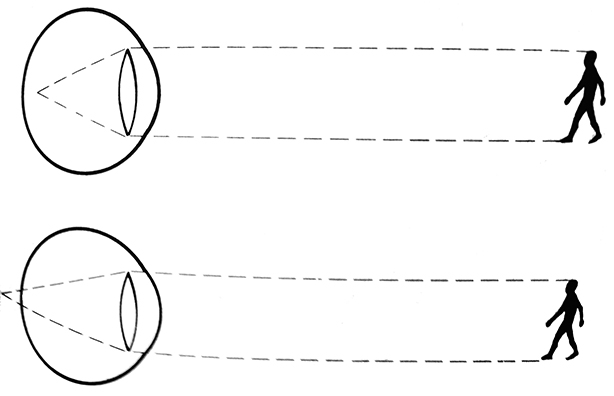
Here's how Markert defines imperfect sight.
Nearsightedness or "The stars don't twinkle, you know. Only people with imperfect vision think so." –Christopher Markert
According to Markert, this disorder is more common in childhood. Near objects are perceived well, but the eyes cannot adjust beyond a few feet. The tension and stresses of growing up in a high-pressure society cause this condition, says Markert, as well as exposure to soft drinks and sweets.
Nearsightedness might suggest a limited mental outlook and fear of distant future developments. The nearsighted may be physically or mentally shy and introverted, according to Markert, and can benefit from relaxing and changing focus frequently. He suggests touching the nose with one finger, then slowly stretching out the arm, while following the gesture with the eyes.
Farsightedness or "Vision is an artifact." –Martin Jay
The farsighted are easily spotted by their habit of holding a page at arm's length and moving toward sources of light. They are annoyed by silly details and intricate chores requiring near vision and prefer a wide, grand vision of life.
Presbyopia or old sight, as opposed to childlike nearsightedness, is a result of flattening of the eyeballs, lenses hardening, and muscles losing their power to accommodate. Markert concludes the farsighted need to realize that often little things are the ones that count, and they may benefit from spending time with children and small things.
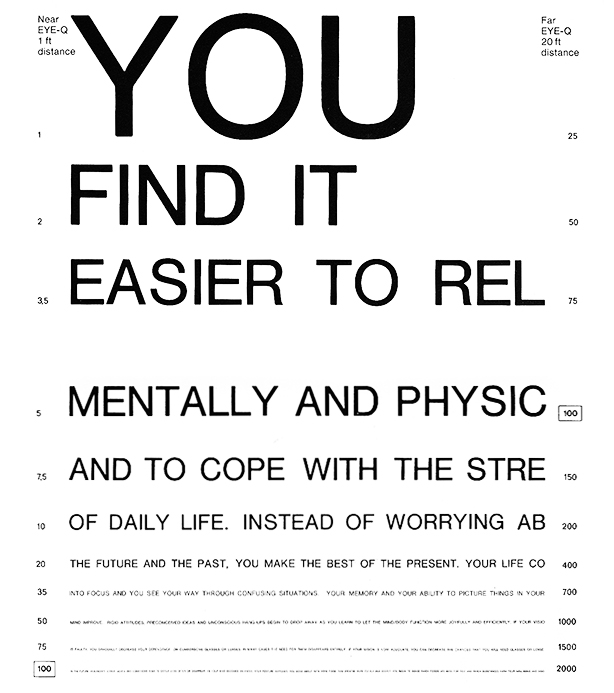
Those who fall into one of the two broad categories may benefit from Markert's EYE-Q chart, above. Though scored like IQ, from 0 to 200 with an average at 100, there is no correlation. To determine your EYE-Quotient is easy. The chart should be read at 20 feet, then at 1 foot, without corrective lenses. The 1-foot score is added to the 20-foot score. An EYE-Q of 200 = perfect vision, and 50 = poor vision.
Whether living with farsightedness or nearsightedness, several techniques may guide the afflicted along a path to better sight. (According to Markert, the visionary Aldous Huxley used the very same techniques.)
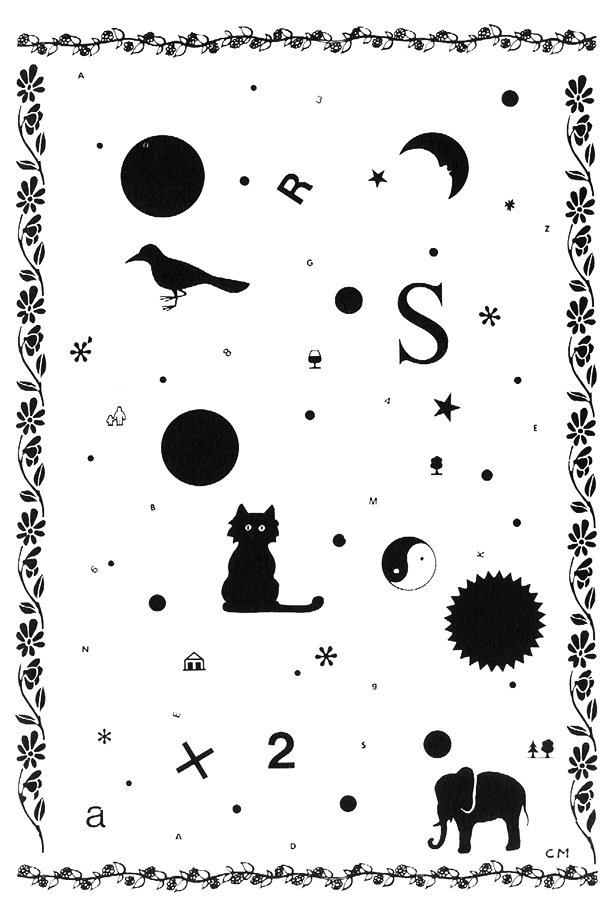
Black Dot (or Visualizing):
Focus on the dot. Notice how black it is. Let your eyes scan inside and around it for a second, then close them and remember the dot. As soon as you picture a really black dot in your mind, your eyes coordinate effortlessly. If you open your eyes and look at the objects around the dot, you can see them much more clearly than before.
Sunning:
All those with impaired vision have fear of the sun, according to Markert. Expose your eyes to the sunlight or a sunlamp for several minutes. After sunning, massage the eyes. Picture the eyeballs in your mind and talk to them. Let them know they are doing a splendid job.
Markert promotes other methods called palming, shifting, blinking, swinging, and simply, breathing. If you practice them, according to Markert, not only will your vision improve but you'll see a difference in your other organs as well. (Likewise, take care of the rest of your body and your vision will respond accordingly.)
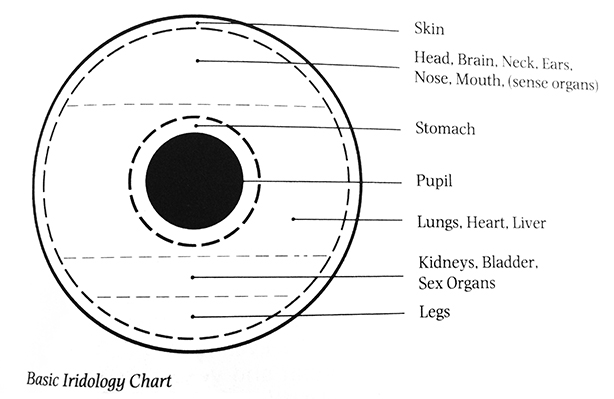
The eyes become mobile and relaxed, but also the whole mind and body functions more joyously.
You're more at ease with human nature, and with your own nature.
The lines and wrinkles of disappointment and worry disappear.
You move about with more poise from your gravity center.
Your spine becomes more flexible and your head no longer stretches forward.
Your eyes become steady.
You feel better and make others feel better.
The New Self Help
As I was reading Markert, I wanted to reanimate him further, to bring his self-help into the present—into the storefronts of all the last bookstores in America. But would he fit the space of the bestselling self-help memoirs, circa 2013?
The article "I Change, You Change", written by Rebecca Dubrow for The New York Times Book Review, offers help. It outlines the characteristics of the new genre. She writes, "For the authors of these books, the selling point is not that their challenges are exceptional but that they are common."
Here are Dubrow's self-help memoir pillars:
Customary:
Challenges should not be exceptional
Readers go from suboptimal to simply systematically upgraded
Designed:
If there is no deep experience, stage it
Embed design methodology
Uplifting:
Cater to the mania for self-improvement and gluttonous appetite for first-person narrative
Update both the self-help and memoir genres
Cathartic:
Transform the reader through the author's experience
Use the first person and never prescribe change
In reading Dubrow's tenets and Markert's website dated 2011, I immediately realized this would be a failed attempt. Markert's life was exceptional in that, at a young age, he had already experienced too many extraordinary challenges. He deserted the air force at 16 to rejoin his parents New York who had escaped from Russian-occupied East Germany, for example.
He does have an everyday story, but it is not related to sight. When he first arrived in the US he worked as a dishwasher, and as his English improved, he was able to find work at an ad agency.
Next, his approach to vision improvement is perhaps too organic. The way he learned the exercises to improve sight was through experimenting on his parents.
Lastly, without Markert's direct and directive point of view and illustrations, you empty the life out of the work—kind of like prescribing these pillars themselves. And the vison of Reanimation is not this.
On his website, someone has written a conclusion:
For the last 15 years Chris has enjoyed the easy life on a tropical island in Thailand, "The Land of Smiles". At present he is working on a book entitled Your Life is a Joy...When You Find Your Inner Self. He is living proof that the "Seeing Without Glasses" method is effective because he is over 85 years old and enjoys perfect eyesight, the best of health, and feels better than ever.
An alternate conclusion: They say the past is a test run and the future is where we must go to find the elixir for the scorched Earth. But even if we are able to locate the antidote there, there will be no cure. After all, what good is tomorrow to someone who's been afflicted with the sweet dreams of perfecting yesterday?
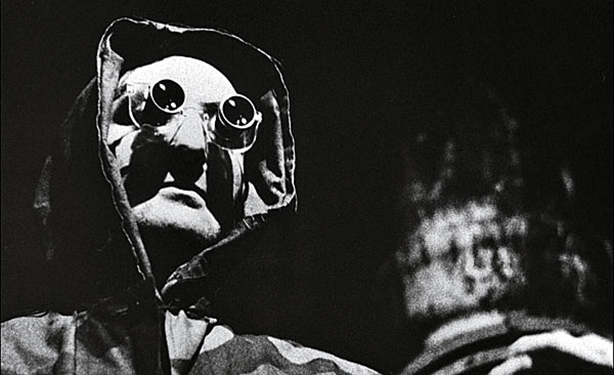
Bruna Mori is a writer, editor, and educator, preoccupied with the drift of people and objects. Her books include Derivé (Meritage Press), with sumi-ink paintings by Matthew Kinney, and Poetry for Corporations (forthcoming from Insert Press). With photographer George Porcari, she just documented a long suburban walk called Beige.
